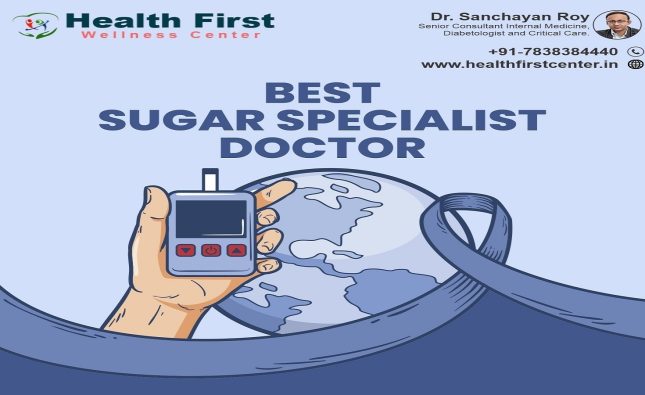
Introduction: Mental health is a significant concern that affects individuals across all walks of life. Creating safe spaces within communities has emerged as a powerful tool in addressing this issue, providing support, and fostering positive mental health. In this essay, we explore the importance of safe spaces in improving mental health within communities and how they contribute to overall well-being.
- Encouraging Open Dialogue and Support: Safe spaces within communities create an environment that encourages open dialogue about mental health. They provide a platform where individuals can share their experiences, challenges, and triumphs without fear of judgment or stigma. These spaces promote understanding, empathy, and support among community members, fostering a sense of belonging and reducing the isolation often associated with mental health struggles.
- Breaking the Stigma: Safe spaces play a crucial role in breaking the stigma surrounding mental health within communities. By providing a non-judgmental and accepting environment, they challenge misconceptions and educate community members about mental health. This helps to normalize discussions about mental health, encouraging individuals to seek help and support when needed. By breaking down barriers, safe spaces promote a culture of acceptance, compassion, and support for those experiencing mental health difficulties.
- Peer Support and Connection: Safe spaces facilitate peer support and connection among individuals within communities. They create opportunities for individuals to connect with others who may have shared experiences or similar struggles. These connections provide a network of support where individuals can share coping strategies, offer advice, and provide encouragement. Peer support within safe spaces fosters resilience, strengthens social bonds, and enhances overall well-being.
- Access to Resources and Services: Safe spaces often serve as gateways to essential mental health resources and services within communities. They provide information about available resources, such as counseling services, support groups, or helplines. These spaces can also host workshops or presentations by mental health professionals, providing community members with valuable knowledge and tools to manage their mental health effectively. Access to resources and services within safe spaces ensures that individuals have the support they need for their mental health journey.
- Promoting Mental Well-being: Safe spaces are designed to promote mental well-being within communities. They may offer activities focused on self-care, stress management, mindfulness, or creative expression. These activities provide individuals with the opportunity to prioritize their mental health, develop coping skills, and engage in activities that promote relaxation and self-reflection. By promoting mental well-being, safe spaces contribute to the overall health and resilience of individuals and communities.
- Building Resilient Communities: Safe spaces contribute to the building of resilient communities. By addressing mental health issues openly and providing support, communities become better equipped to handle challenges and crises. Safe spaces foster a sense of unity and collective responsibility for mental health, encouraging community members to look out for one another and support each other’s well-being. This creates a strong foundation for community resilience and empowers individuals to seek help and support when facing mental health difficulties.
Conclusion: Safe spaces play a vital role in improving mental health within communities. By encouraging open dialogue, breaking the stigma, fostering peer support, providing access to resources, promoting mental well-being, and building resilient communities, these spaces create an environment that supports the mental health and overall well-being of community members. It is imperative that communities recognize the importance of safe spaces and work together to establish and nurture these spaces to ensure the well-being of all individuals within the community.










